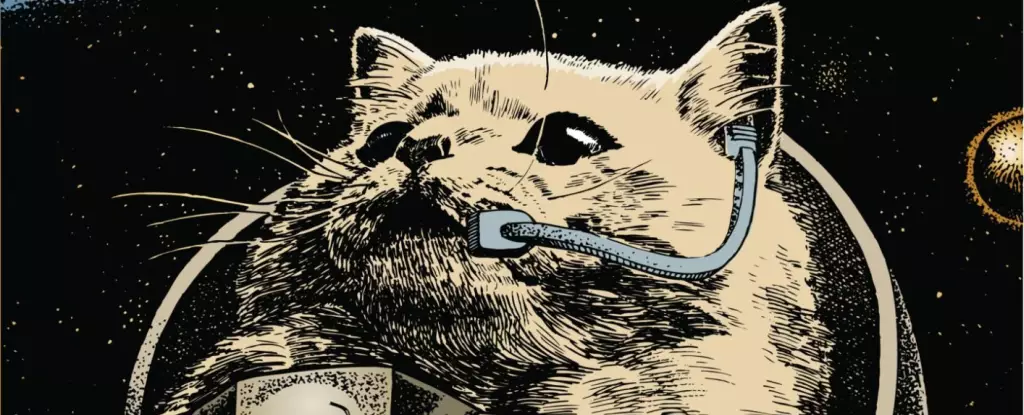Cats are often revered not just for their companionship but also for their astonishing acrobatic abilities. Among these enviable qualities, one stands out: their remarkable knack for landing deftly on their paws, a feat that has intrigued scientists and pet owners alike. This article delves into the science behind this feline phenomenon, exploring the history of research, the role of gravity, and the implications for both domestic pets and human applications.
The agility of cats is undeniable. When they tumble from heights, they possess a unique ability to right themselves mid-air, ensuring they land on all fours. This natural knack for falling with grace doesn’t just look effortless; it’s the result of a combination of physical attributes, instincts, and reflexes. The biological design of a cat’s flexible spine, coupled with their lack of a collarbone, allows them to twist their bodies fluidly in an effort to stabilize themselves. Such features contribute to the feline’s status as one of nature’s most adept aerial athletes.
Investigations into cat agility began shaping understanding in the late 19th century. The advent of chronophotography, pioneered by French scientist Étienne-Jules Marey, allowed observers to capture the fluid motion of cats as they fell. His work in the 1890s showcased how these animals maneuvered themselves skillfully in mid-air, leading to a greater fascination with the mechanics of their fall. Marey’s pioneering images fundamentally changed how we viewed the biomechanics of motion, paving the way for future explorations into animal physiology.
In the 1950s, advancements in aeronautics introduced a new dimension to this research. Scientists at the US Air Force Aerospace Medical Research Lab sought to investigate how cats would respond under simulated zero-gravity conditions — an exploration fueled by curiosity about the limits of the cat’s remarkable instincts. By utilizing aircraft capable of parabolic flight, researchers were able to mimic the weightless conditions that accompany space travel. The name ‘vomit comet’ emerged from the disorienting experience passengers felt during these rapid descents, reflecting the chaotic circumstances of weightlessness.
Initial experiments involved observing cats in mid-air via parabolic flight, revealing that while their adept reflexes were affected, they were not entirely incapacitated. According to the findings revealed in a 1957 publication, while the cats displayed signs of disorientation, they still instinctively attempted to reorient their bodies during freefall. This led to critical insights not only into feline behavior but also into fundamental aspects of balance and orientation applicable to human physiology.
Much like their feline counterparts, human astronauts require training to adapt to the peculiarities of weightlessness. The meticulous research conducted by Siegfried Gerathewohl and Herbert Stallings laid some groundwork for these training methodologies. Their studies concerning the role of the otolith organ — responsible for an animal’s sense of balance — during such disorienting experiences led to a greater understanding of movement dynamics. The implications of their inaugural experiments reached far beyond the feline realm, enhancing safety protocols for human space travel.
What if cats could venture into space? Such whimsical suggestions may play into the curiosity surrounding these nimble creatures. The notion that they could bring back ‘cosmic abominations’ humorously hints at how their antics could play a role in space exploration, particularly as researchers delve deeper into understanding how living organisms adapt to varied gravitational forces.
As we unravel the mysteries surrounding the agility of cats, one thing becomes clear: their graceful navigation of space is not merely a house pet parlor trick but recognizes them as nature’s athletes. With ongoing studies, the confluence of feline agility and human space exploration continues to provoke intriguing discussions about the limits of balance, movement, and adaptation. Whether in action or observation, the feline’s charm demonstrates the profound link between instinct, physics, and evolutionary traits that have equipped them to thrive in a world full of challenges.
The sophisticated ballet of falling cats not only entertains but also educates, shedding light on larger themes of adaptation and survival both on Earth and beyond.


Leave a Reply